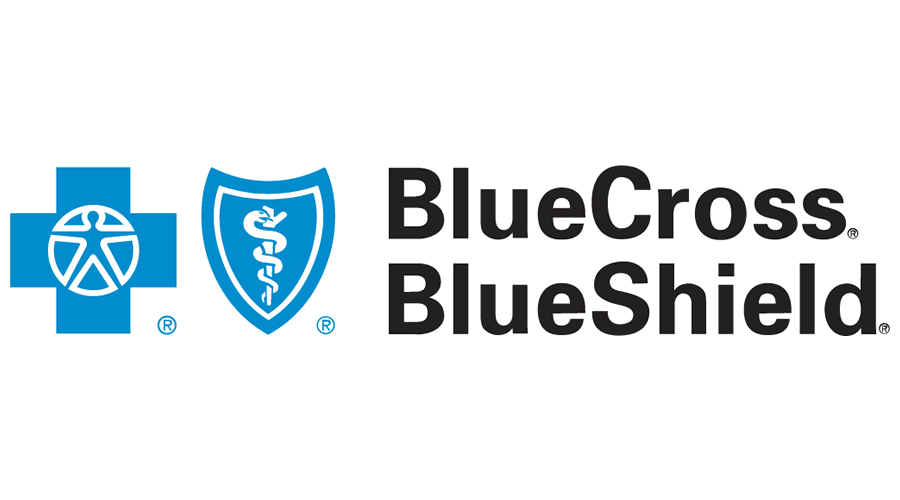Many visits to a physician are made in response to some kind of pain that is limiting or interfering with a person’s daily routines. Everyone has experienced that kind of issue and understands how desperate you can become to get back to your normal activities.
There are so many treatment options available for patients these days, it’s hard to even know where to begin, many aren’t even that well known yet! Kinesiology Tape is that exact type of treatment. Chiropractors and physical therapists have been helping their patients manage ailments for years but it may be a new idea to you.
For those who have been curious about this treatment method and if it would benefit them at all, check out our guide to the top six Kinesiology Tape uses.
1. Stabilization
When a patient has an injury, one of the bigger concerns for their healthcare providers is a further injury because of instability. Those injuries could be to other areas of the body or just further injuring the same area.
Since an injured area is often weaker and you’re often not able to use it in the same way, it makes sense that this would be a valid concern. The first step in treatment is often to stabilize the injured area to prevent this kind of further damage. One way to do that is to apply Kinesiology Tape to the affected area.
This is especially helpful for joint areas that are used for movement, like your ankles or knees. Kinesiology Tape for an ankle is an extremely efficient way to prevent further sprains.
2. Management
We’ve all experienced the pain that can come when something in your body is out of whack. It can be so disrupting to your daily life and bring everything to a halt without the proper treatment.
Pain management is a continual mystery to the healthcare industry. There are no concrete ways that will help in every situation with every patient, so it becomes a kind of trial and error situation. This is why working with a professional you trust is so important.
Many healthcare providers have seen great improvement in patient pain levels when they use Kinesiology Tape in their plan. It allows patients to comfortably and safely move without which often contributes to less pain overall.
3. Support
Similar to its stabilization benefits, Kinesiology Tape can also offer the body support as well. The tape can be placed in a way that allows it to hold up or hold in certain areas to eliminate stress on other areas of the body.
The clearest example of this is on a woman’s stomach during pregnancy.
If you’ve ever been or known a pregnant woman, you know that as the belly gets bigger the lower back, feet, and hips begin to hurt worse and worse. There’s very little relief because everything is so out of balance. Placing Kinesiology Tape under the belly in certain formations can relieve a lot of that pressure on the lower back.
This technique isn’t only for pregnant women, you can work with your provider to see if there’s a technique that would work for your specific body issues.
4. Alignment
Our bodies are made to align in a certain way, every piece has a place. When everything is in its place and aligned well, it all functions properly. When something gets out of alignment is when you start to have problems.
Kinesiology Tape has been used to keep weakened parts of the body aligned properly to avoid strain or injury.
This is particularly helpful for areas like knees that are hard to strengthen and easy to injure. Your chiropractor will be able to place tape all around the knee, paying particular attention to the weaker areas. From there, you’ll be able to participate in even very strenuous activities with much less worry of injury.
5. Inflammation
Inflammation is a major source of pain and difficulty completely regular, daily tasks and many people experience it. Kinesiology Tape can be very helpful in working to reduce swelling and return the injured area to its normal state.
When an area gets inflamed it’s because your body is trying to fight something off. The body sends extra white blood cells to the area, making it much larger than normal. When you place the Kinesiology Tape on that affected area, you’re opening up the surface area giving the excess blood somewhere to go.
Reducing swelling and inflammation is so important to healing because it allows the body to move more freely. This allows you to build back up muscles and help push you towards a full recovery.
6. Communication
Kinesiology Tape uses are still being studied and researched, there’s still so much to learn at this point.
One thing that is being looked into is how the application of the tape on an area of the body signals the brain and the communication between the two places. Some early studies have shown that the tape acts as a red flag to the nervous system and can help speed up healing as the body sends energy and resources to the area.
As the use of this kind of treatment continues to grow in popularity, it will be fascinating to see what other benefits research will find!








